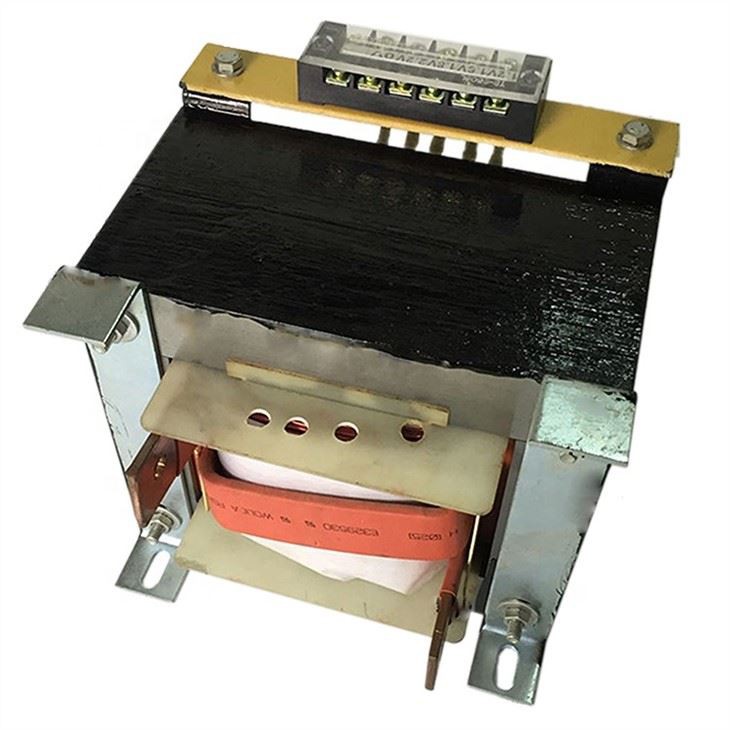
Transformers are essential components in electrical systems, playing a crucial role in transmitting and distributing electrical energy. However, there is often confusion surrounding whether a transformer is associated with current or voltage. In this blog post, we will delve into the intricacies of transformers and explore the relationship between current and voltage in these devices.
- Understanding Transformers:
Transformers are static electrical devices that transfer electrical energy between two or more circuits through electromagnetic induction. They consist of two coils, known as the primary and secondary windings, which are magnetically coupled but electrically isolated. The primary winding is connected to the input voltage source, while the secondary winding is connected to the load. - Primary and Secondary Currents:
In a transformer, the primary and secondary windings are responsible for carrying the currents. The primary current is the current flowing through the primary winding, while the secondary current is the current flowing through the secondary winding. These currents are related through the turns ratio of the transformer. - Turns Ratio and Voltage Transformation:
The turns ratio of a transformer determines the voltage transformation between the primary and secondary windings. It is defined as the ratio of the number of turns in the secondary winding to the number of turns in the primary winding. By altering the turns ratio, transformers can step up or step down the voltage levels. - Voltage and Current Relationship:
While transformers primarily deal with voltage transformation, it is important to understand the relationship between voltage and current in these devices. According to Ohm's Law, voltage (V) is equal to the product of current (I) and resistance (R). In a transformer, the resistance is typically very low, so the primary and secondary currents are inversely proportional to the turns ratio. - Power Transfer:
Transformers facilitate efficient power transfer by maintaining the power balance between the primary and secondary sides. The power in the primary winding is equal to the power in the secondary winding, neglecting losses. This relationship is expressed by the equation P = VI, where P is the power, V is the voltage, and I is the current.
Conclusion:
In conclusion, transformers are primarily associated with voltage transformation, but they rely on the relationship between voltage and current. The turns ratio determines the voltage transformation, while the power balance ensures efficient power transfer. Understanding the interplay between current and voltage in transformers is crucial for designing and operating electrical systems effectively.
